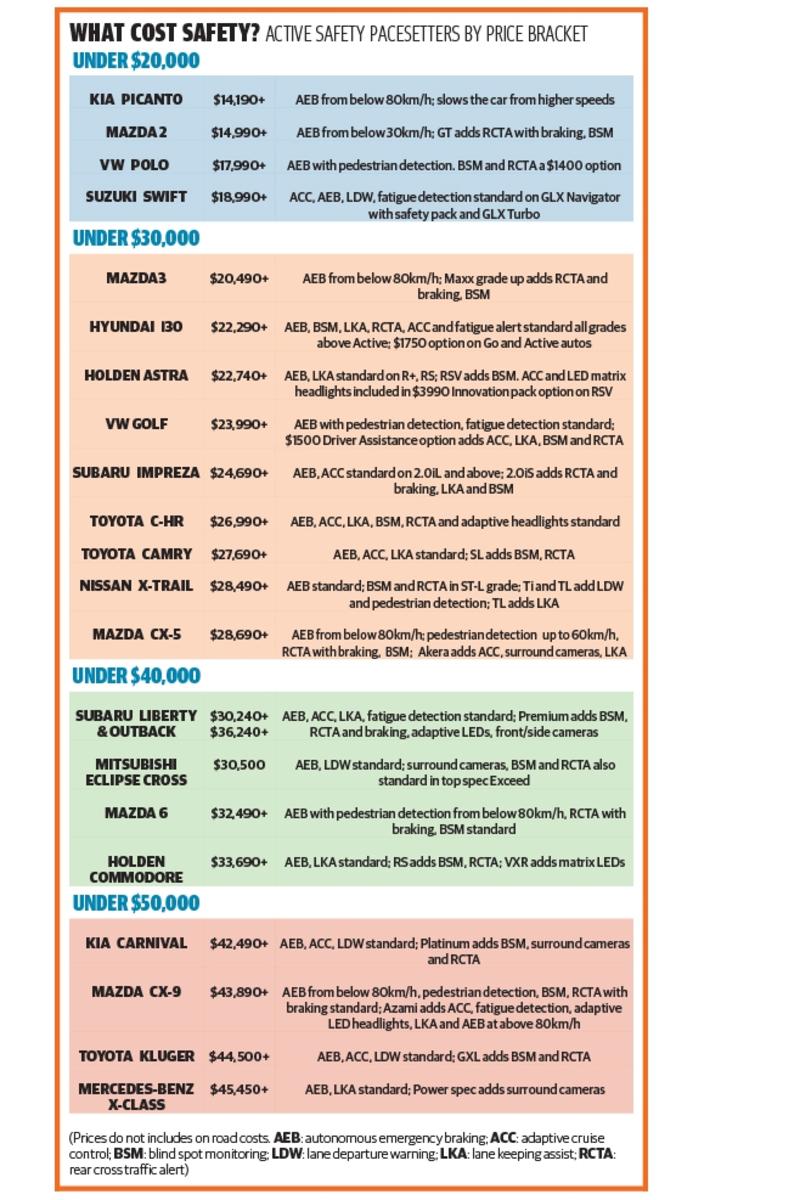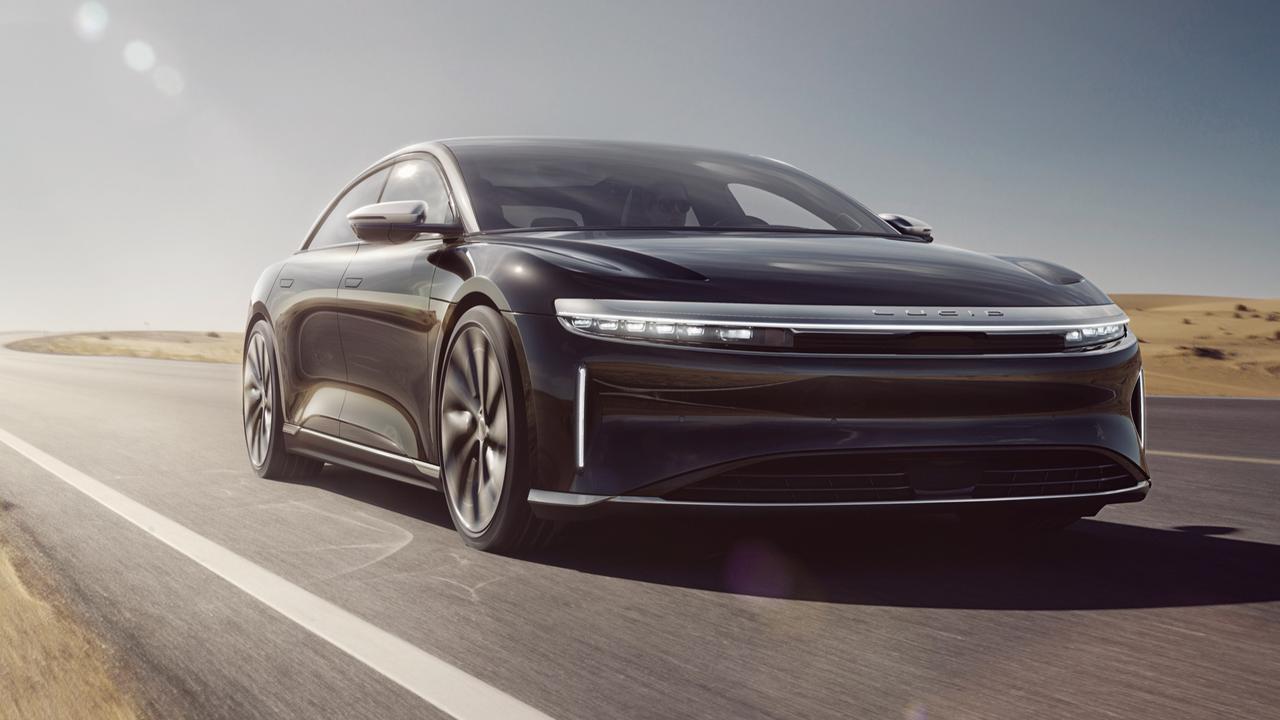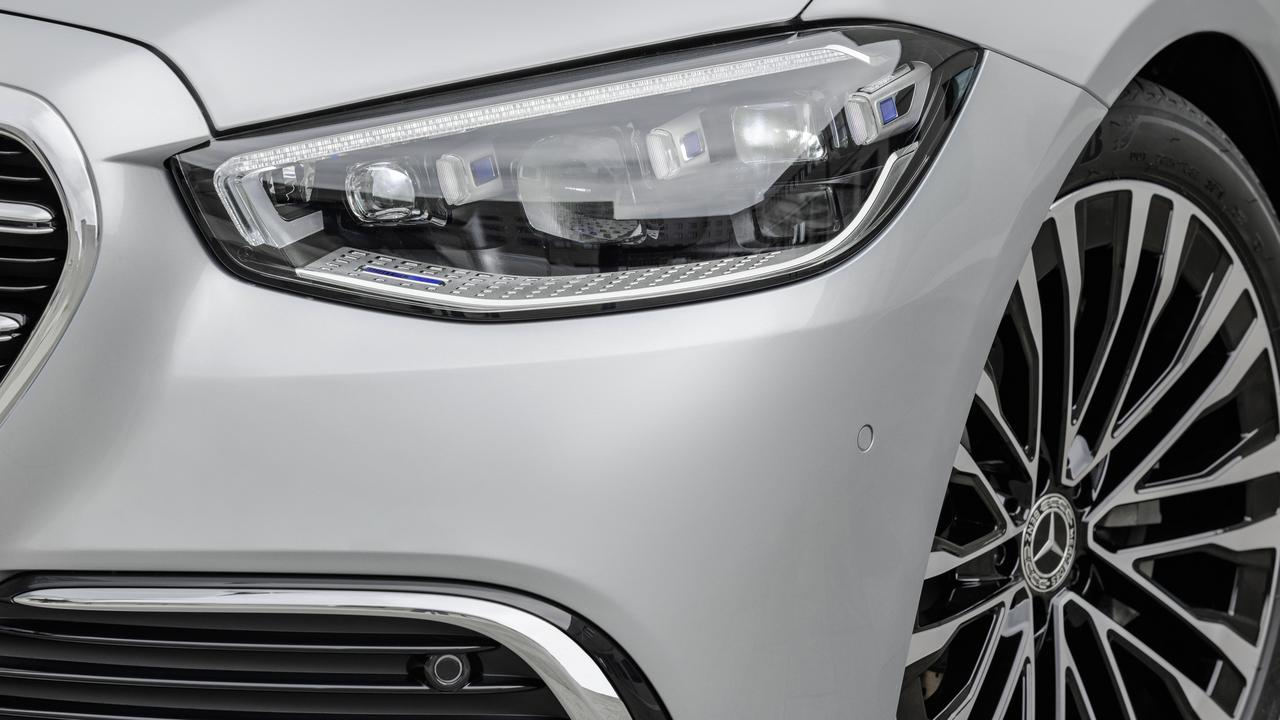Car safety checklist: be sure you have the tech that avoids crashes
More than 90 per cent of road crashes are caused by human error. It’s no coincidence that safety technology today focuses on crash avoidance.

MORE than 90 per cent of road crashes are caused by “human mistakes,” according to Euro NCAP. This includes nearly every type of driver behaviour, from law breaking — speeding, driving under the influence of alcohol or drugs and, presumably, using a mobile phone — to human error, such as fatigue, distraction and just not paying attention.
Euro NCAP also identifies sudden medical incapacitation — a seizure, stroke or heart attack — as a growing factor in crashes, a consequence of our ageing society.
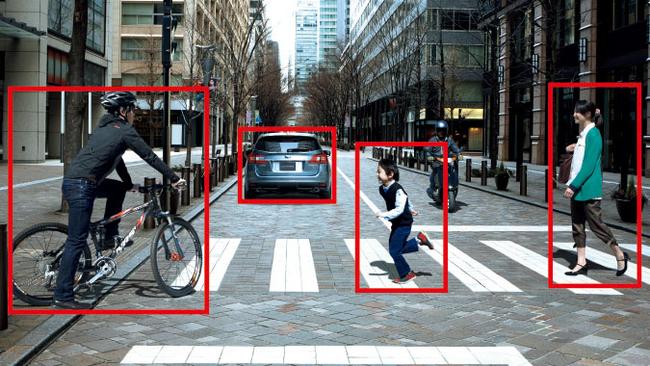
It’s no coincidence, then, that safety technology today focuses on crash avoidance. Seat belts, airbags and sophisticated impact absorbing structures that can help protect you in a crash have saved many lives but technology that can forgive and correct “human mistakes” before they have grievous consequences is the holy grail of safety engineering.
The fully autonomous, self-driving car that will take you where you want to go with zero risk of a crash is still a lifetime away but today many new cars have very effective and worthwhile crash prevention technology.
Here’s a guide to the good stuff and how it works. We have used common acronyms but manufacturers use varying names for the same technology. See below for the makes and models that are the pacesetters in active safety.
AUTONOMOUS EMERGENCY BRAKING
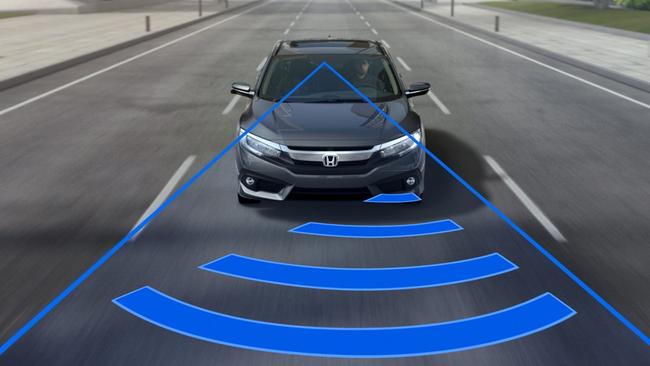
AEB: This uses radar and/or cameras to monitor the road ahead and in an emergency can automatically apply the brakes, usually after giving you audible and/or visual warnings that you’re at risk of a collision if you don’t brake. Right now.
Read the fine print, though. Some operate only at low speed — look for the word “City” in the name — while others merely slow the car or increase braking pressure when you are already hard on the pedal, sometimes referred to as “Assist” or “Mitigation”.
The best bring you to a complete stop from any speed — the laws of physics permitting — and can detect cyclists and pedestrians as well as other cars. A few top-end systems can also stop your car from entering an intersection or making a turn if there’s a risk of being T-boned, or colliding with an oncoming vehicle.
AEB is sometimes packaged with adaptive cruise control (ACC) as extensions of the same technology. Adaptive cruise will maintain a set speed, as in conventional cruise control, but will also keep a safe gap to the car in front, or another car moving into your path, if necessary by slowing or, in an emergency, stopping your car. Most ACC systems allow you to vary the distance at which intervention occurs but AEB remains active as a last resort.
BLIND SPOT MONITORING/BLIND SPOT INFORMATION
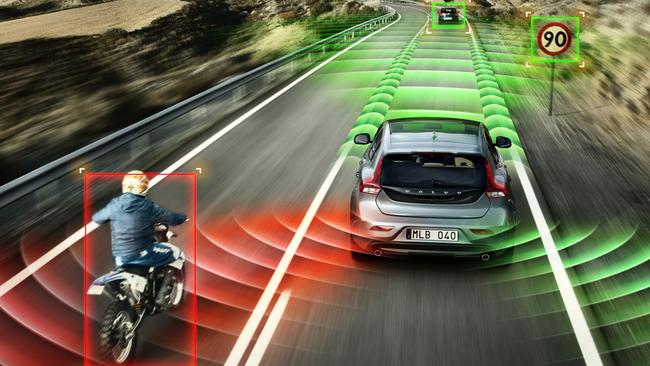
BSM: Keeps an “eye” on the adjacent lane, with a light on each side mirror illuminated when a vehicle is in your blind spot. Some types will also sound a warning if you try to move into the lane when a vehicle is alongside. It’s particularly helpful in the cut and thrust of city traffic. Motorcycle riders will love you for having it.
CAMERAS
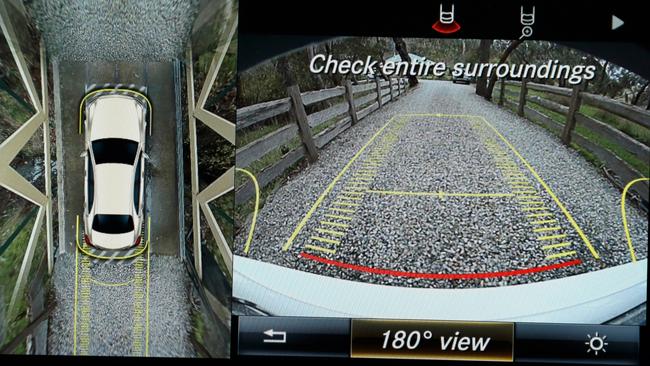
The rear camera is almost universal now. Some set-ups also incorporate multiple views, including forward, kerbside, 180 degrees rear and 360 degrees overhead. Given the restricted vision around many new cars, caused by thick pillars and high rear decks, surround cameras can help avoid those tragic scenarios where young children are run over in suburban driveways. At the very least, they can help you achieve a ding-free future.
DRIVER ATTENTION/FATIGUE ALERT
This can be as simple as flashing a “take a break” warning light every two hours, or much more sophisticated, with sensors monitoring the way you steer the car. If they detect the characteristic swerve then overcorrect motion that’s often a sign of fatigue, you’ll get a warning.
New semi-autonomous steering from BMW and Mercedes will actually stop the car if you don’t respond to repeated warnings to take control, on the premise that you may have lost consciousness.
LANE DEPARTURE WARNING/LANE KEEPING ASSIST
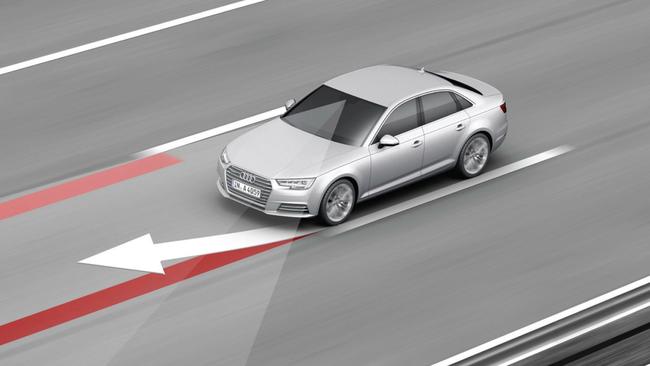
LDW, LKA: At the basic warning level, a camera sees the lane markings ahead and you are warned if you get too close to them without having used your indicator. Some also vibrate the steering wheel to get your attention.
Lane keeping or assist extends this capability by automatically, and gently, steering your car back into your lane. It can be a bit haphazard because it relies on bright, clear lines on the bitumen, which often don’t exist in Australia. For the same reason, lane keeping is often ineffective in low light and at night.
The most advanced versions can also help you steer around an obstacle in an emergency, or detect and correct a potential running-off-the-road scenario by taking control of the steering, but this also relies on clear road markings for reference.
LED MATRIX HEADLIGHTS
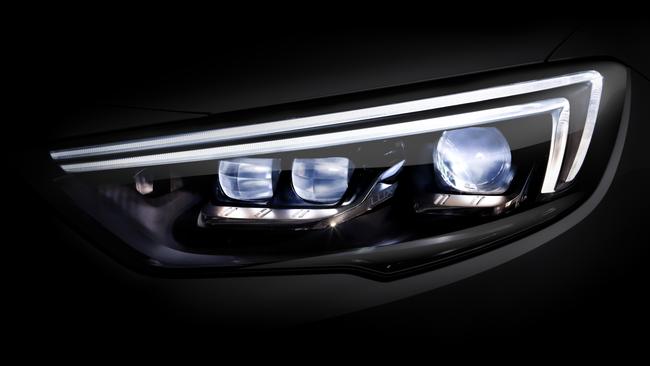
If you do a lot of night driving, especially in country areas, check these out. Multiple LEDs in each light unit are controlled by sensors and cameras that can adjust the depth, spread and intensity of the beam up to 100 times a second.
They throw a deep, broad, white light and automatically deactivate only the LEDs that beam directly at an approaching car, to avoid dazzling the driver, with no compromise to the intensity or spread of the remaining beam. Linked to steering sensors, they also illuminate the car’s precise track around corners.
Some conventional bi-xenon lights also have auto dipping high-beam and cornering functions but adaptive LEDs are the future.
REAR EMERGENCY BRAKING/REAR CROSS TRAFFIC ALERT
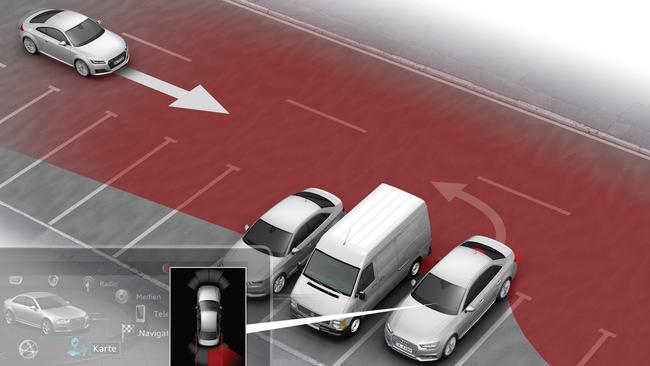
RCTA: This works just like AEB when you’re reversing. Cameras, radar and sensors monitor what’s going on behind the car. If there’s a person or an object close by, you’ll get an audible warning and an image on the infotainment screen. A few examples will actually stop the car. Rear Cross Traffic Alert does exactly what it says and is especially useful when reversing out of parking bays in shopping centres, out of your driveway, or in those towns that mandate nose-in street parking, where the council could be getting a sling from the local panelbeaters.
